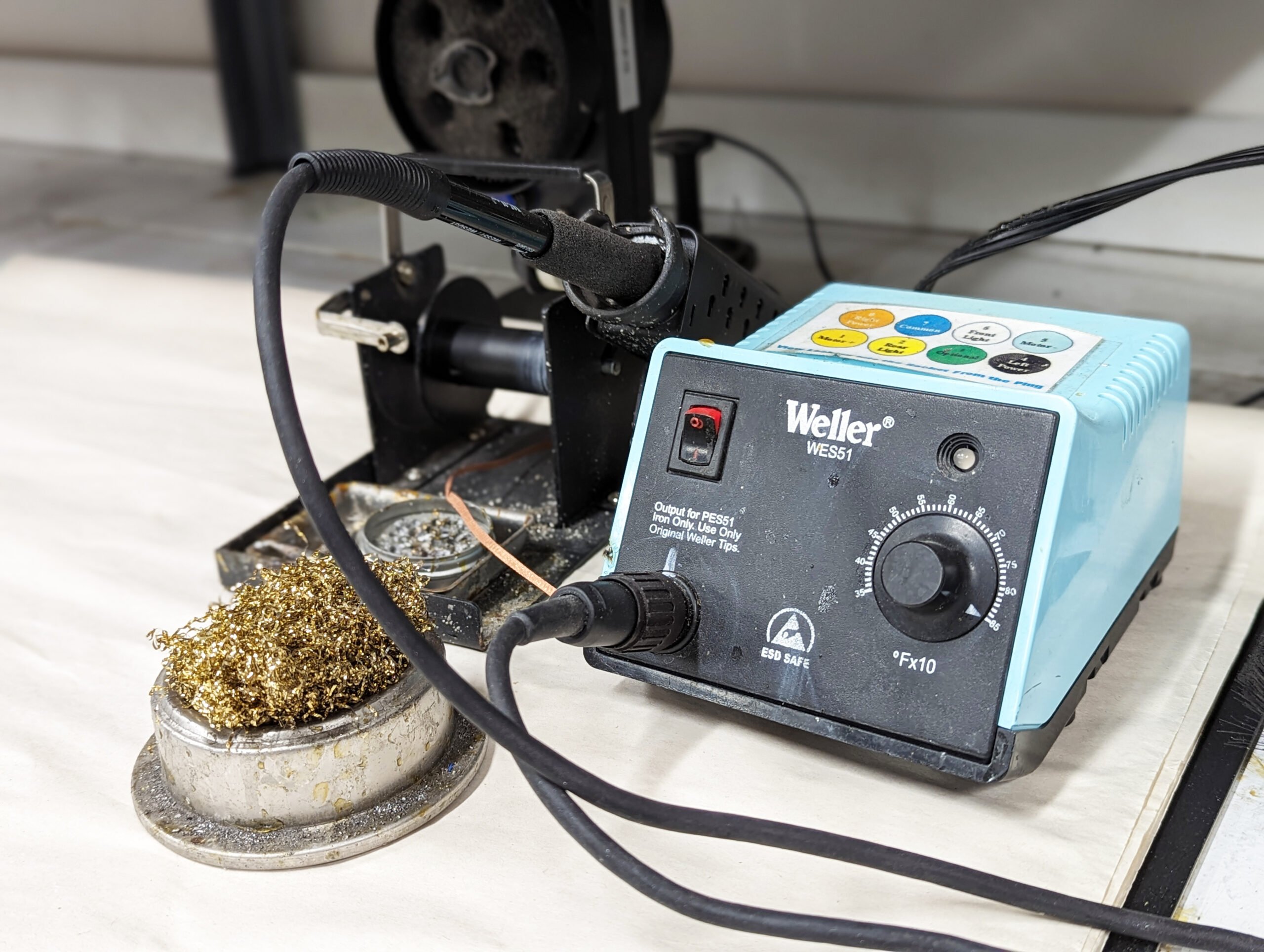Search results for:
 September 15 2023
September 15 2023 Soldering Temperature For Model Railroads
Typically, soldering model railroad electronics is done in the range of 300 to 400 degrees Celsius (572 to 752 degrees Fahrenheit). However, the exact temperature can vary depending on the specific components and solder you are using.
Here are some general guidelines:
- Temperature Range: Start with a temperature of around 350 degrees Celsius (662 degrees Fahrenheit) and adjust as needed. Many soldering stations designed for microelectronics have adjustable temperature settings within this range.
- Lead-Free vs. Leaded Solder: If you are using lead-free solder, you may need to set the temperature slightly higher (around 370-400°C) compared to leaded solder, which typically melts at lower temperatures.
- Thin Soldering Iron Tips: Use a thin soldering iron tip (also known as a soldering iron bit or soldering iron tip) to help control the heat better and avoid heating adjacent components excessively.
- Quick Work: Work quickly when soldering microelectronics to minimize the exposure of components to heat. A good rule of thumb is to complete your soldering joint in about 3-5 seconds.
- Flux: Use flux to help improve solder flow and ensure good solder joints. Flux can also help reduce the temperature required for soldering.
- Practice: If you are new to soldering microelectronics, practice on scrap or non-critical components to get a feel for the right temperature and technique.
Additionally, it's important to work in a well-ventilated area and take safety precautions when soldering, such as using safety glasses and ensuring that the soldering iron is properly grounded.
